When choosing a service dog, selecting the right breed can make all the difference. Not every dog is suited for the physical, mental, and emotional demands of service work. Whether you're looking for a guide dog, mobility assistant, or a psychiatric support animal, understanding the top service dog breeds can help you find the perfect partner.
Top 7 Service Dog Breeds and Why They Excel
-
🐕🦺 Labrador Retriever
Labs are known for their friendly demeanor, intelligence, and strong work ethic. They are widely used as guide dogs, autism service dogs, and seizure alert companions.
-
🐾 Golden Retriever
Golden Retrievers are empathetic, eager to please, and incredibly loyal. They thrive in roles that require patience and emotional sensitivity, such as PTSD and therapy assistance.
-
🐶 German Shepherd
With their strength and alertness, German Shepherds are often chosen for mobility support and medical alert tasks. They're also incredibly protective and loyal.
-
🐕 Poodle
Allergy-friendly and highly intelligent, Standard Poodles excel in diabetic alert and psychiatric service roles. Their non-shedding coats make them perfect for individuals with sensitivities.
-
🐾 Border Collie
Border Collies are energetic and highly trainable. While not as common, they can perform complex tasks and are ideal for experienced handlers.
-
🐶 Boxer
Known for their calm nature and strong bonds with humans, Boxers can be trained as psychiatric service dogs or for seizure detection.
-
🐕 Great Dane
Despite their size, Great Danes are gentle giants. They’re ideal for mobility and balance support, especially for taller individuals who need a steady companion.
Frequently Asked Questions
❓ What breed is the most common service dog?
🔹 The Labrador Retriever is the most commonly used breed for service work due to its temperament and trainability.
❓ Can any dog become a service dog?
🔹 Technically, yes—but the dog must meet specific criteria such as temperament, trainability, and physical suitability. Not all breeds are a good fit.
❓ Are mixed breeds suitable as service dogs?
🔹 Absolutely! If a mixed breed has the right characteristics, it can be just as effective as a purebred service dog.
❓ How do I get a service dog?
🔹 You can apply through accredited organizations or train a dog yourself under ADA guidelines. Professional training is highly recommended.
❓ What’s the difference between a service dog and an emotional support animal?
🔹 A service dog is trained to perform specific tasks for a person with a disability, while an emotional support animal provides comfort but is not task-trained.
Final Thoughts
Choosing the right service dog breed isn’t just about preference—it’s about matching your needs with the dog’s strengths. Whether you require mobility help, emotional support, or medical alerts, there’s a breed that can serve you faithfully and effectively. Always consider temperament, energy level, and size when making your decision.
Helpful Notes
-
📌 Not all dogs within a breed will make good service animals—individual temperament matters.
-
📌 Early socialization and professional training are crucial for service dogs.
-
📌 Always consult with a reputable service dog organization or trainer before selecting a dog.







![Probiotics For Dogs [Soft Chews] - HolistaPet](http://www.holistapet.com/cdn/shop/files/Probiotic-Infographic-1_472d7a29-e30c-435a-9638-1365d8c3a9f9.jpg?v=1725384841&width=104)
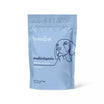








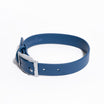

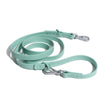




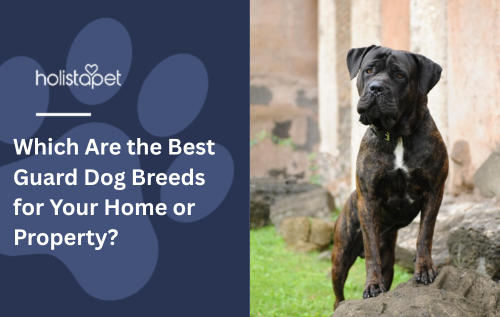


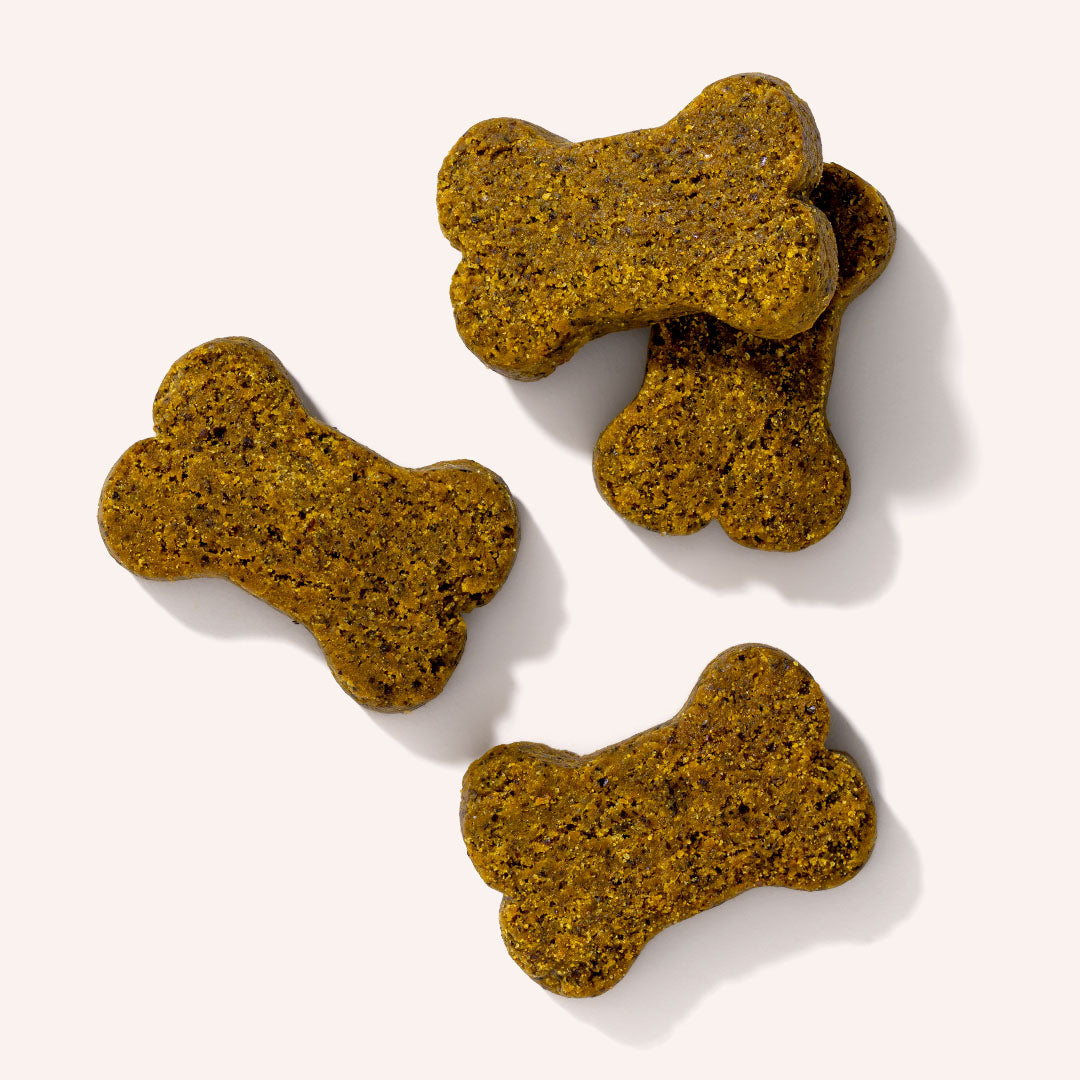

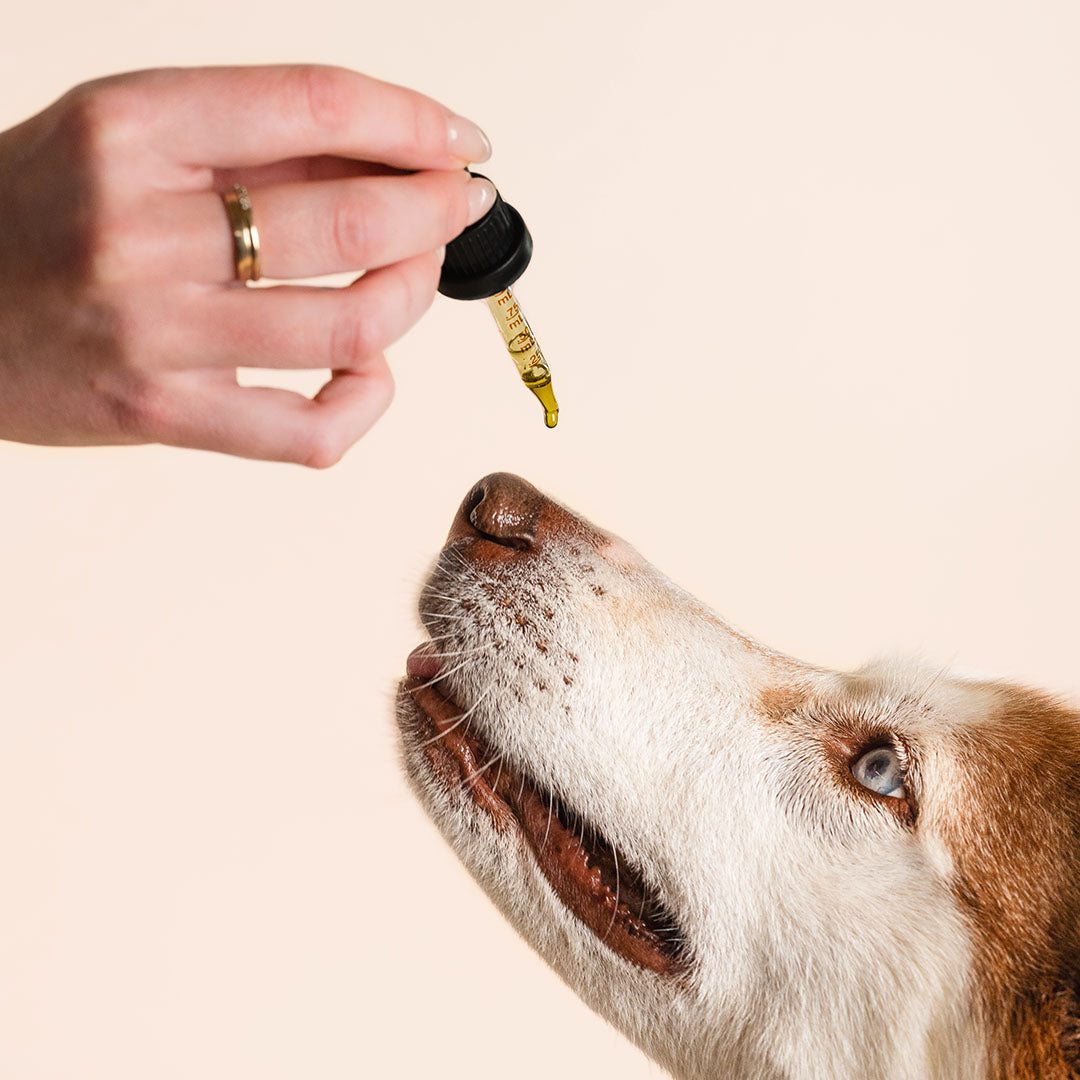



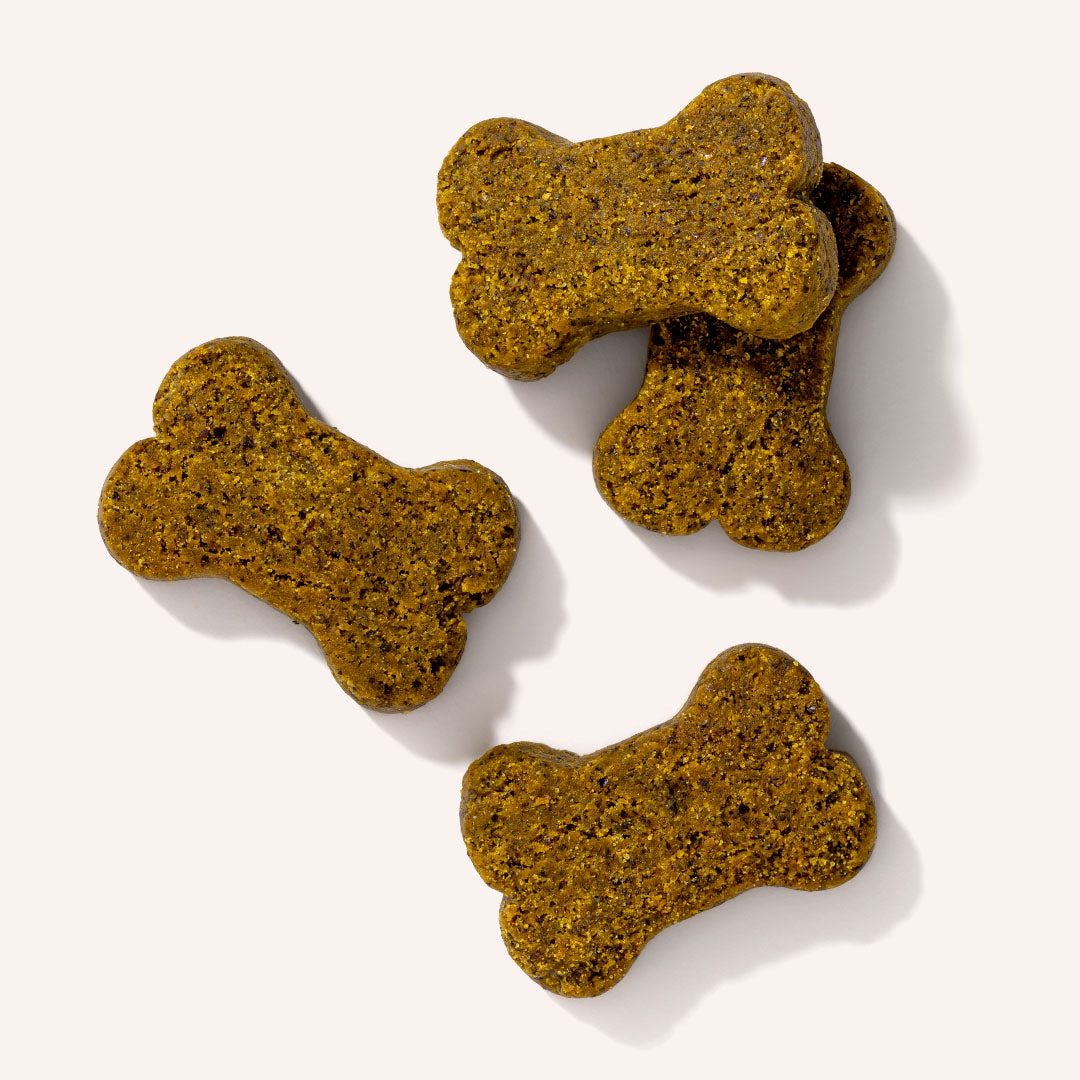

Leave a comment
All comments are moderated before being published.
This site is protected by hCaptcha and the hCaptcha Privacy Policy and Terms of Service apply.